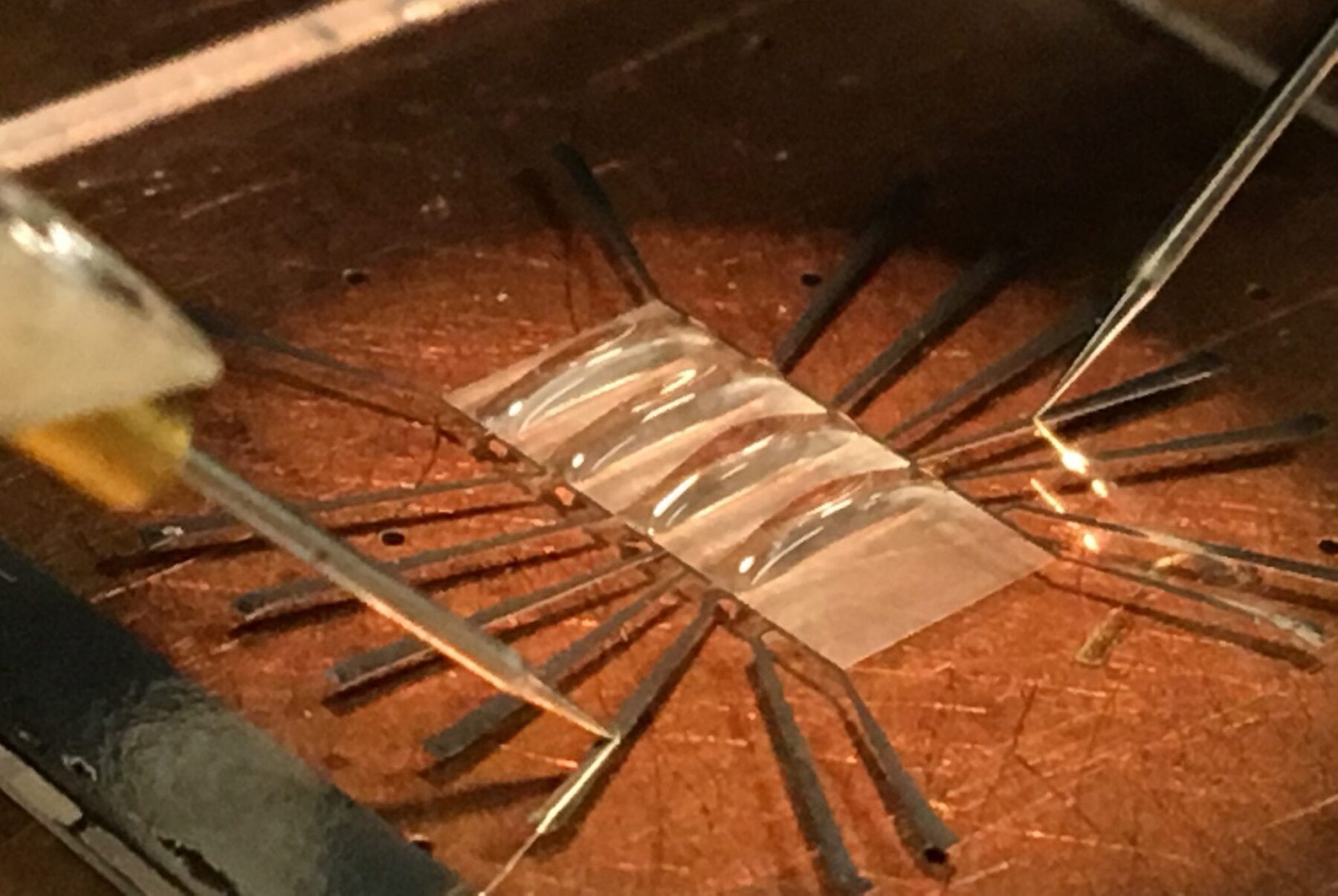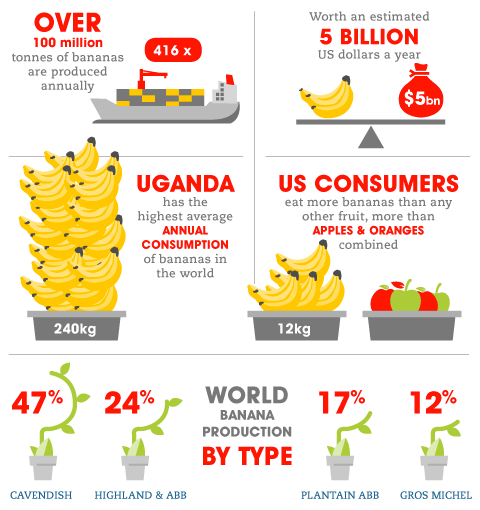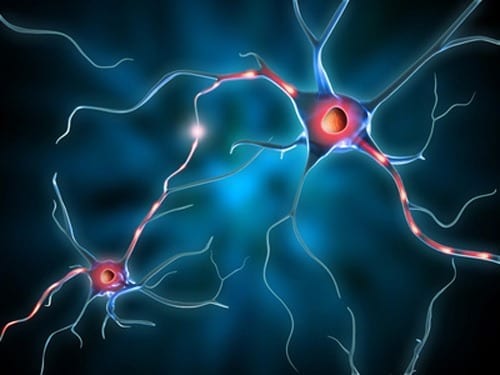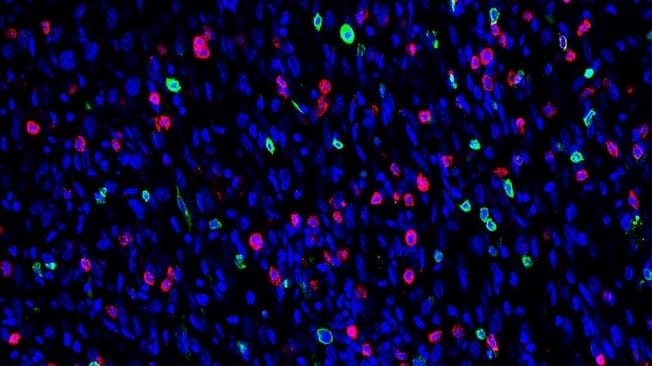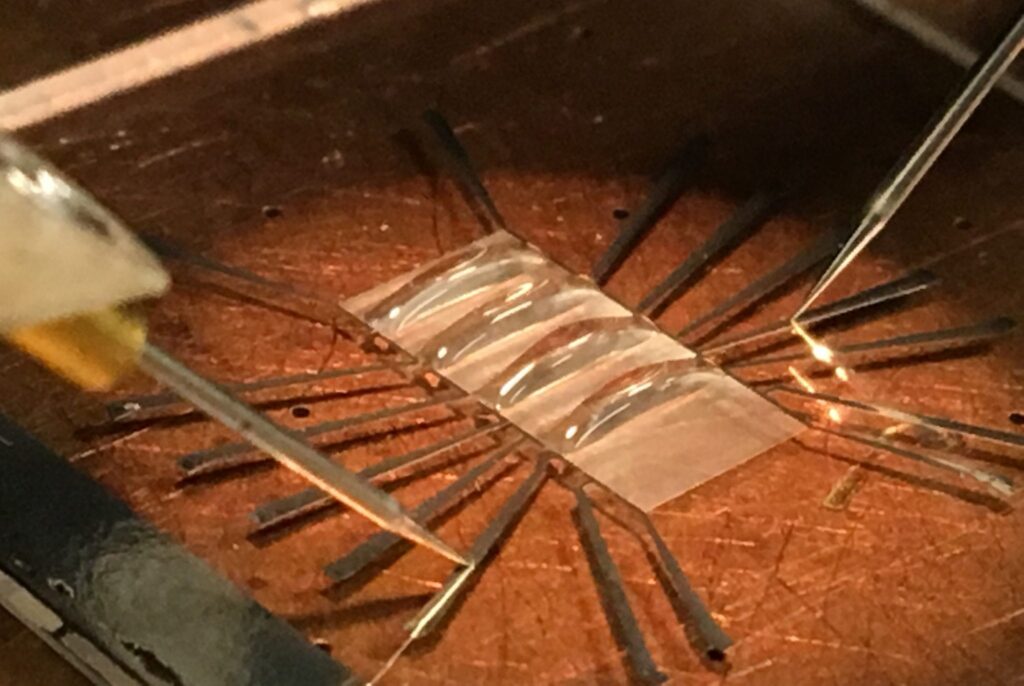
A new type of electronic sensor that might be used to quickly detect and classify bacteria for medical diagnostics and food safety has passed a key hurdle by distinguishing between dead and living bacteria cells.
Conventional laboratory technologies require that samples be cultured for hours or longer to grow enough of the bacteria for identification and analysis, for example, to determine which antibiotic to prescribe. The new approach might be used to create arrays of hundreds of sensors on an electronic chip, each sensor detecting a specific type of bacteria or pinpointing the effectiveness of particular antibiotics within minutes.
“We have taken a step toward this long-term goal by showing how to distinguish between live and dead bacteria,” said Muhammad Ashraful Alam, Purdue University’s Jai N. Gupta Professor of Electrical and Computer Engineering. “This is important because you need to be able to not only detect and identify bacteria, but to determine which antibiotics are effective in killing them.”
Findings are detailed in a research paper appearing this week in Proceedings of the National Academy of Sciences. The paper was authored by doctoral student Aida Ebrahimi and Alam. The droplet sensor evolved from a device originally designed to detect small concentrations of negatively charged DNA molecules in research that began about four years ago, Ebrahimi said.
“We did not anticipate that the sensor could be used to tell live and dead bacteria apart – it was a chance observation that eventually led us to this elegant way of measuring cell viability,” she said.
As described in the PNAS paper, the sensor works by detecting changes in electrical conductivity in droplets containing bacteria cells. (A YouTube video about the research is available at https://youtu.be/QN019bQJCb8).
“To see if someone is alive,” Alam said, “we can either count the grandchildren many generations later, which is analogous to the traditional growth-based techniques. Or, we can directly measure the person’s pulse, analogous to the proposed ‘osmoregulation-based’ detection of bacteria. Needless to say, immediate physiological measurement is faster and far superior.”
The Latest on: Detect and classify bacteria for medical diagnostics and food safety
[google_news title=”” keyword=”detect and classify bacteria for medical diagnostics and food safety” num_posts=”10″ blurb_length=”0″ show_thumb=”left”]
via Google News
The Latest on: Detect and classify bacteria for medical diagnostics and food safety
- Food Safety Newson April 27, 2024 at 5:00 am
Scientists at Washington State University (WSU) have uncovered a startling behavior among some of the world’s deadliest bacteria ... Food Inspection Agency (CFIA) is conducting a food safety ...
- Grocers are pushing legislation they claim would enhance food safety. Advocates say it would gut FDA ruleson April 15, 2024 at 5:00 pm
The lobby representing food retailers has applauded the bill, claiming it “enhances food safety.” There’s just one problem: The bill, according to experts, does the opposite. It would carve ...
- EECE.5110 Medical Diagnostic Imaging (Formerly 16.511 & IB.511)on April 14, 2024 at 9:44 pm
This course covers the physics and electrical engineering aspects of how signals are acquired from which images will be formed, and the principal methods by which the signals are processed to form ...
- Swiss startup leads in food safety with bacteriophage technologyon April 14, 2024 at 5:00 pm
Bacteria pose significant challenges ... has leveraged bacteriophages to tackle challenges in food safety, particularly in pathogen detection. Richter explains their innovative use of ...
- DoorDash using DC as testing ground to improve safety for its food delivery driverson April 11, 2024 at 12:04 pm
It involves the DoorDash app drivers use to fill your food delivery orders. The app will now track a driver's braking and acceleration while on the road. These measurements will help identify ...
- "Safety crisis": Food delivery's simmering violence problemon April 8, 2024 at 5:01 am
This isn’t just an UberEats problem; as the rate of online food delivery ... to its app to detect harassment between workers and customers. While DoorDash has implemented safety measures before ...
- Rapid, simultaneous detection of multiple bacteria achieved with handheld sensoron April 4, 2024 at 5:00 pm
coli or salmonella and food poisoning comes to mind. Rapid detection ... harmful bacteria prior to shipment of food and pharmaceutical products, thereby helping to quickly ensure safety at the ...
- Scientists further our understanding of how foodborne bacteria can survive in food preparation environmentson April 2, 2024 at 4:59 pm
The results showed that the populations of bacteria that coexist with L. monocytogenes were stable over time and have adapted to the conditions on the factory floor, including food safety controls.
- E-commerce sites told to classify food items correctlyon April 2, 2024 at 11:49 am
Regulation or the Food Safety and Standards (Health Supplements, Nutraceuticals, Food for Special Dietary Use, Food for Special Medical Purpose, Functional Food, and Novel Food) Regulations ...
- Creative Diagnostics Announces Comprehensive Vomitoxin Test Reagents for Food Safety Applicationson March 31, 2024 at 5:00 pm
Creative Diagnostics has developed high quality test reagents to support the development of mycotoxin detection. Through years of research ... of small molecule antigens, antibodies and food safety ...
via Bing News







